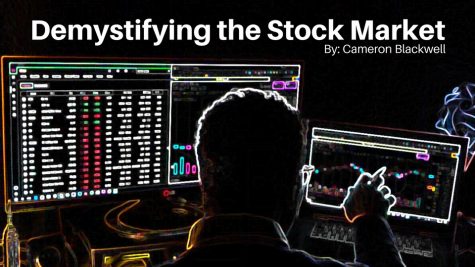Preparing for a Stock Market Crash
“We are headed for a financial crisis.” These words scare public market investors around the world, and they can certainly trigger sell offs.
As a public market investor, I believe that it is essential to have a plan for when a market crash occurs.
DON’T SELL! For the most part. If one is to sell many of their holdings in the midst of a market crash they are bound to lose in the end. Aside from the Japanese markets in the late 90s, the stock market typically recovers over time and to new heights never seen before.
According to history, the American markets see a market crash approximately every 10-12 years. This can be triggered by a multitude of things, but typically has some correlation to credit issuance. Because of this, the terminology describing the cycle is called the “credit cycle”.
The last crash in the credit cycle was obviously in September of 2008 triggered by mortgage defaults.
Too many banks and credit issuers were giving out loans in the housing sector, among others, and the people and corporations receiving the loans were starting to default.
This had negative ramifications on the “big banks” as they were holding too much debt on their books when packaging debt on the sell side of the market. As described in the movie, “The Big Short”, banks were packaging mortgages in CDOs or “ Collateralized Debt Obligations” and selling them.
If one is to study how many people and corporations are defaulting on their loans, they can potentially see where as an economy we are in the credit cycle.
I personally have a hunch that the next global recession is not going to be triggered by the US Markets but the Chinese Markets instead.
The Chinese economy is growing at 4%+ per year, and much of this is being fueled by debt. The US economy is addicted to debt, but especially in the real estate market, one could argue that the Chinese economy is just as addicted to debt.
Because the Chinese economy is now one of the largest, if not the largest, in the world it can trigger a global recession just as the US economy has in the past.
As we are currently at the end of the 10-12 year credit cycle, it is good for all investors to have a plan for when the next market crash occurs and be prepared as an investor.
To prepare, one should start liquidating some of their assets so that they have cash to invest once the market has crashed.
This shouldn’t necessarily be a lot of cash, but I like to hold 5% – 10% cash to “play it safe”.
The other aspect, planning, should be done by having a list of investments to make once the market has bottomed out. Valuations will be lowered substantially making the investments more sensible to make.
My personal list consists of 11 companies that I am “bullish” on long term.
The list consists of: Amazon, Alibaba, Apple, Tencent, Badger Meter, Box, Shake Shack, Baidu, Marcus Corporation, Costco, and Netflix.
I certainly need to diversify this list as it mostly consists of technology companies.
To sum things up, in order to prepare for a market crash, one should set aside some cash towards the end of the credit cycle and compile of list of companies to invest in after the crash has occured.
DISCLAIMER: Cameron is not a certified financial advisor and all things stated should be considered solely as entertainment and NOT for financial transactions.

Cameron Blackwell is a sophomore in his first year of Publications. He is excited to see his interest journalism evolve in the Publications class. Outside...




Lion Wills • Jul 30, 2018 at 4:56 am
To be prepared to stock market crush, the trader should watch the market trends, analysis the main factors that influence on markets, annual reports of the companies ect. The best way to save and increase the capital is to use a fundamental analysis. Check the post about the global markets here http://regulatedbrokers.com/global-markets/ to find out what are the main signals to sell/buy the stocks. It won’t protect your capital on 100% (nothing can do this), but it can reduce the risk of capital loss.